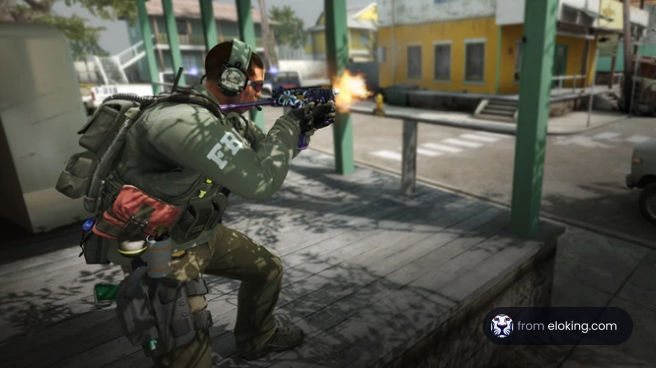Southeast Insights
Your go-to source for news and information from the vibrant heart of Shenyang.
Punishment or Prank: The Fine Line of CS2 Griefing Penalties
Explore the thrilling debate of punishment vs. prank in CS2 griefing penalties. Are you crossing the line for fun or facing serious consequences?
Understanding Griefing in CS2: What Constitutes Punishment vs. Prank?
Understanding Griefing in CS2 involves distinguishing between actions that are malicious and those intended as harmless fun. Griefing refers to behavior that disrupts the gameplay experience of others, often leading to frustration and negative emotions among players. Common examples include intentionally blocking teammates, using friendly fire excessively, or engaging in repeated sabotage. In contrast, pranks are often light-hearted and can even enhance the gaming experience when viewed in the right context, such as playful teasing that doesn't aim to harm or frustrate. Recognizing the difference between griefing and pranking is crucial for maintaining a positive gaming environment.
The line between punishment and pranking can often be blurred in competitive gaming. While griefing can lead to in-game penalties like temporary bans or match suspensions, pranks are typically not subject to such severe repercussions if they remain within the confines of acceptable gameplay. Players should be aware that what may seem like a funny prank to one individual can easily be perceived as griefing by another, which is why understanding the community's culture and rules is important. Ultimately, ensuring that players respect each other's experiences can help foster a healthier gaming environment in CS2, where both fun and competition thrive without crossing the line into negative behavior.

Counter-Strike is a popular tactical first-person shooter franchise that has captivated gamers around the world. Players can engage in team-based gameplay, where strategy and skill play crucial roles in achieving victory. For those looking to improve their shooting mechanics, understanding how to cs2 follow recoil can significantly enhance their performance in matches.
The Consequences of Griefing in CS2: Are You Crossing the Line?
Griefing in Counter-Strike 2 (CS2) has been a contentious issue within the gaming community, as it poses significant consequences for both the griefer and their teammates. When players engage in griefing—which includes actions like sabotaging teammates, damaging their in-game progress, or intentionally losing matches—this behavior can lead to a toxic environment and diminish the overall enjoyment for others. As a result, many game developers are cracking down on such conduct, implementing stricter penalties, including temporary or permanent bans, to maintain a fair and enjoyable gaming atmosphere
Moreover, the implications of griefing extend beyond the immediate gameplay experience. Players who routinely engage in these disruptive behaviors might find themselves ostracized by their peers and may miss out on the camaraderie that comes from teamwork and mutual respect. Additionally, such actions can tarnish a player's reputation within the community, leading to reduced opportunities in organized play or competitive scenarios. Ultimately, it raises the question—are you crossing the line by allowing bad behavior to overshadow the thrill of the game?
Navigating CS2 Griefing Penalties: A Guide for Players
In the competitive world of CS2, players often encounter the challenge of griefing, a behavior that can seriously disrupt the gaming experience for others. Understanding the griefing penalties imposed by the game's developers is crucial for maintaining a positive gameplay environment. When a player engages in activities like team killing, intentional feeding, or sabotaging teammates, they put themselves at risk of facing significant repercussions.
To navigate the maze of potential CS2 griefing penalties, players should familiarize themselves with the reporting system and the types of actions that lead to disciplinary measures. Here are some key points to keep in mind:
- Documentation: Always report instances of griefing with detailed evidence.
- Understand the Rules: Familiarize yourself with community guidelines regarding acceptable behavior.
- Consequences: Be aware that repeat offenders may face temporary or permanent bans.
By following these guidelines, players can contribute to a healthier gaming community and protect themselves from harsh penalties.